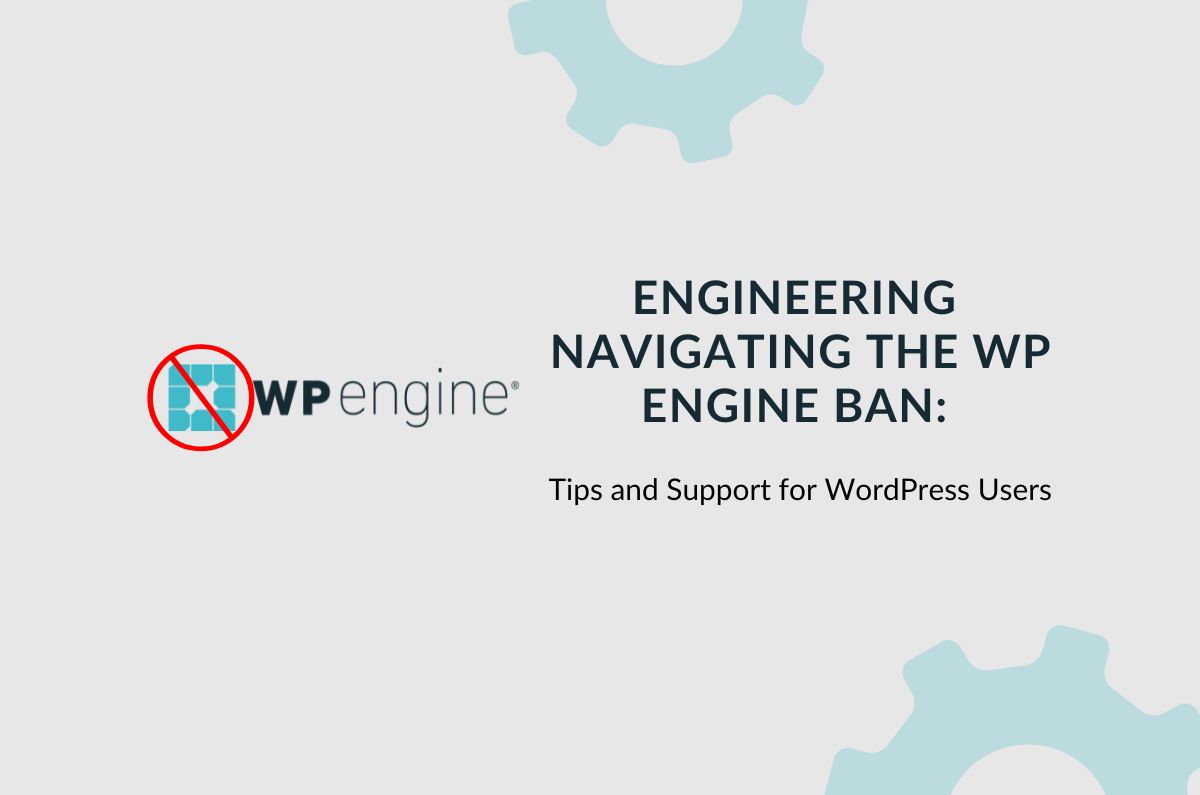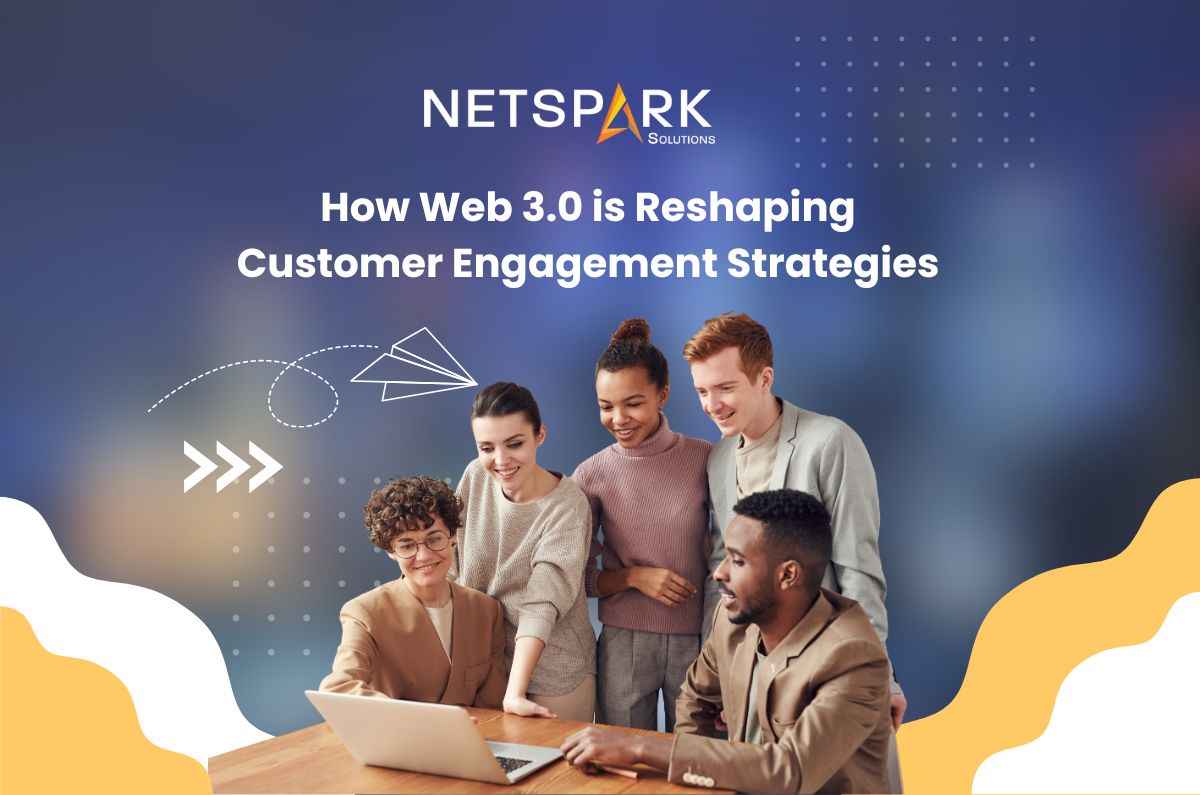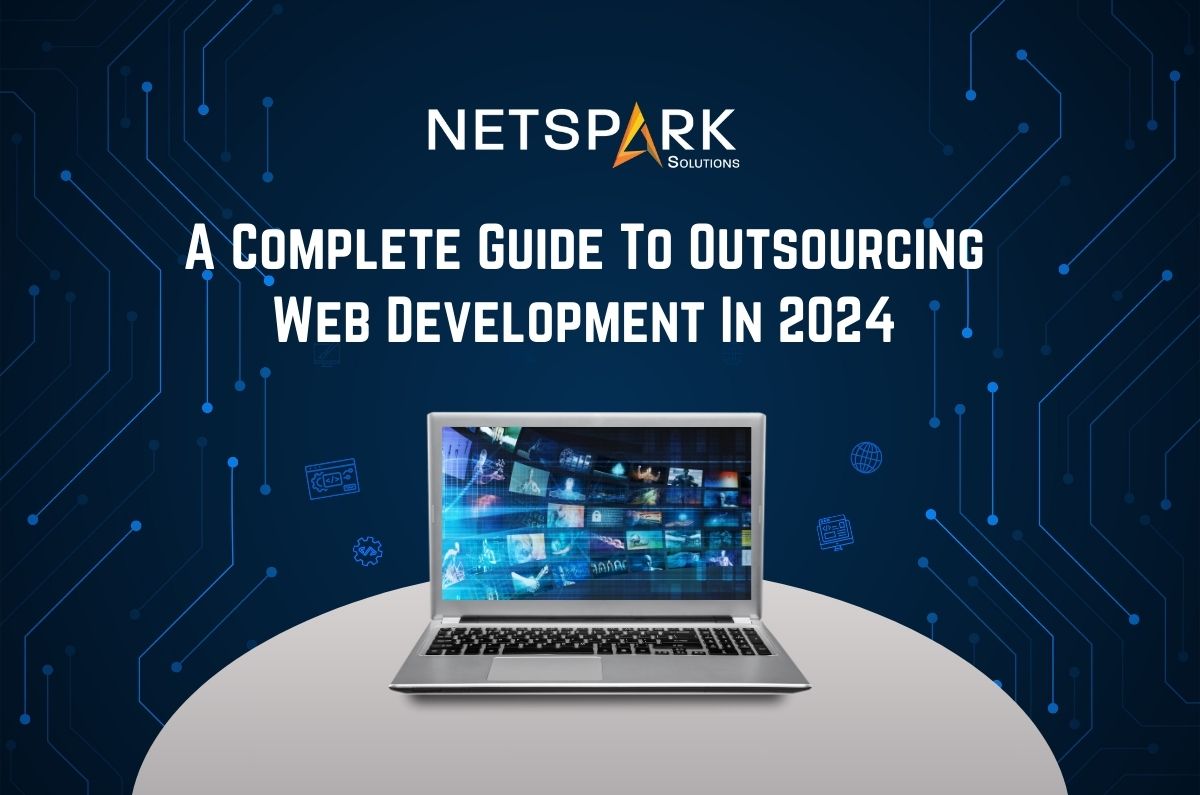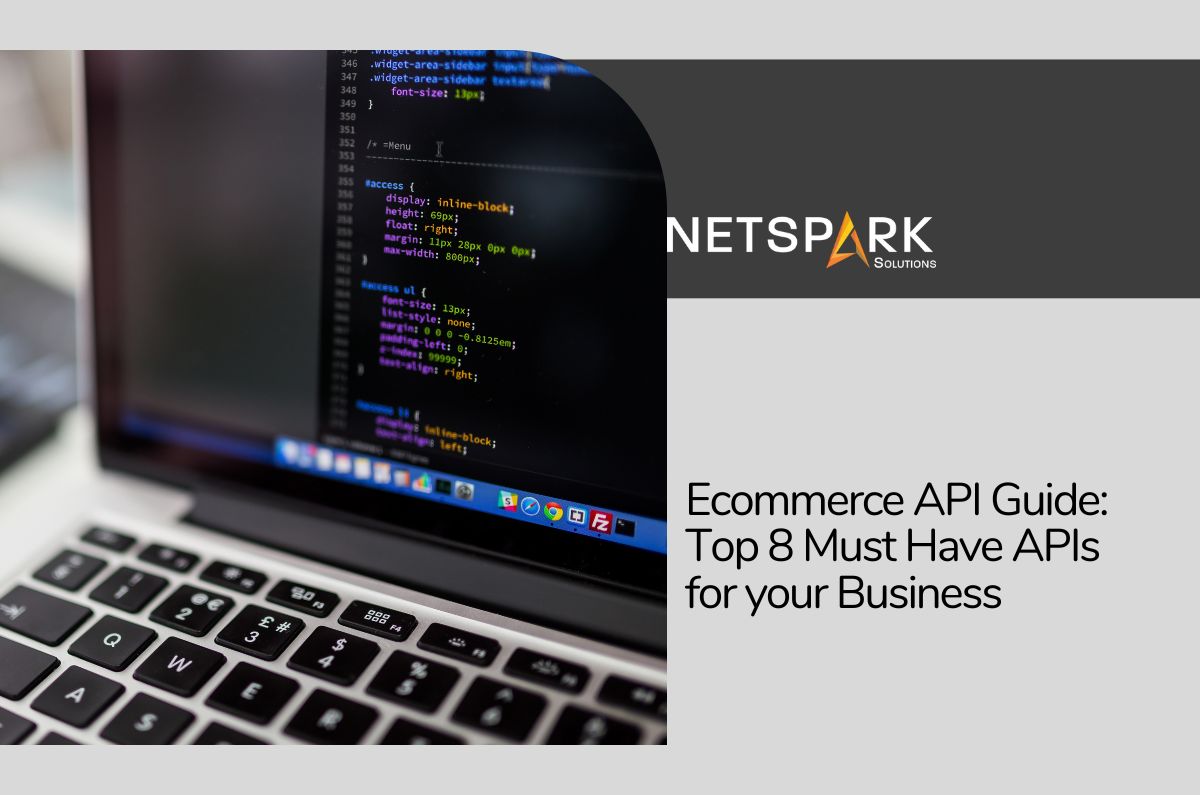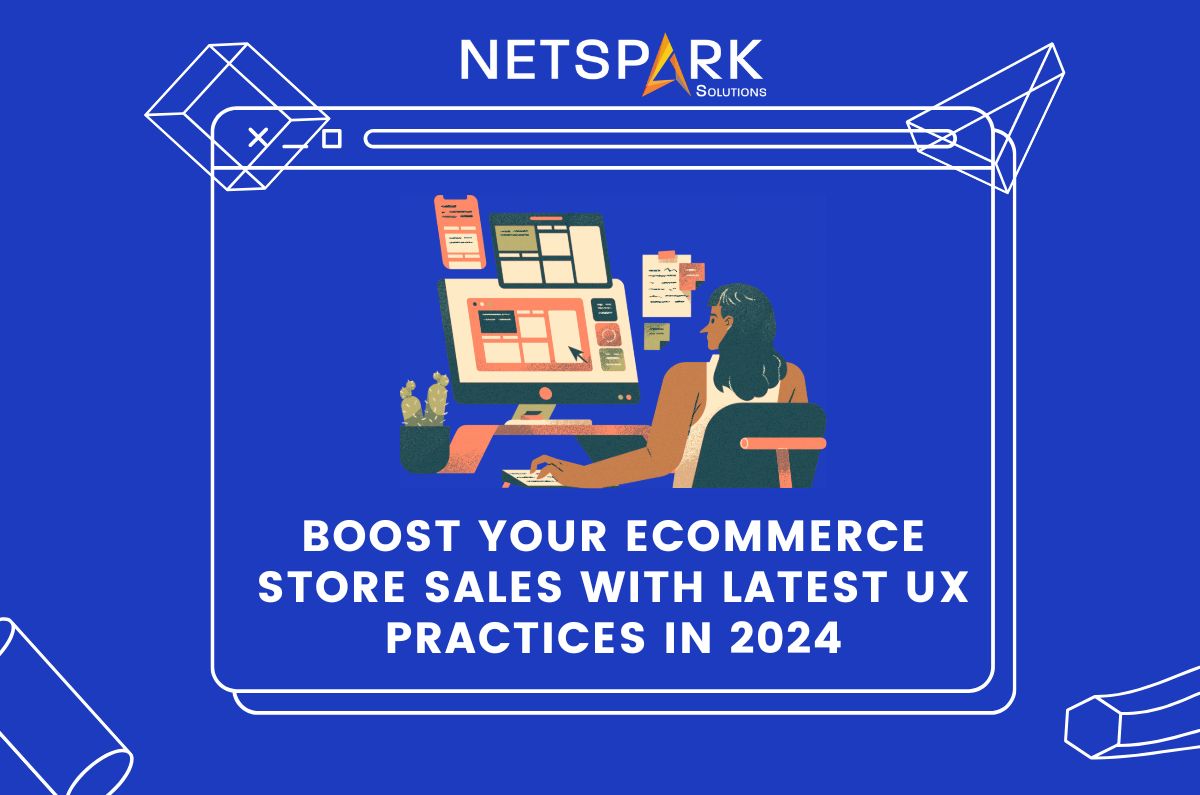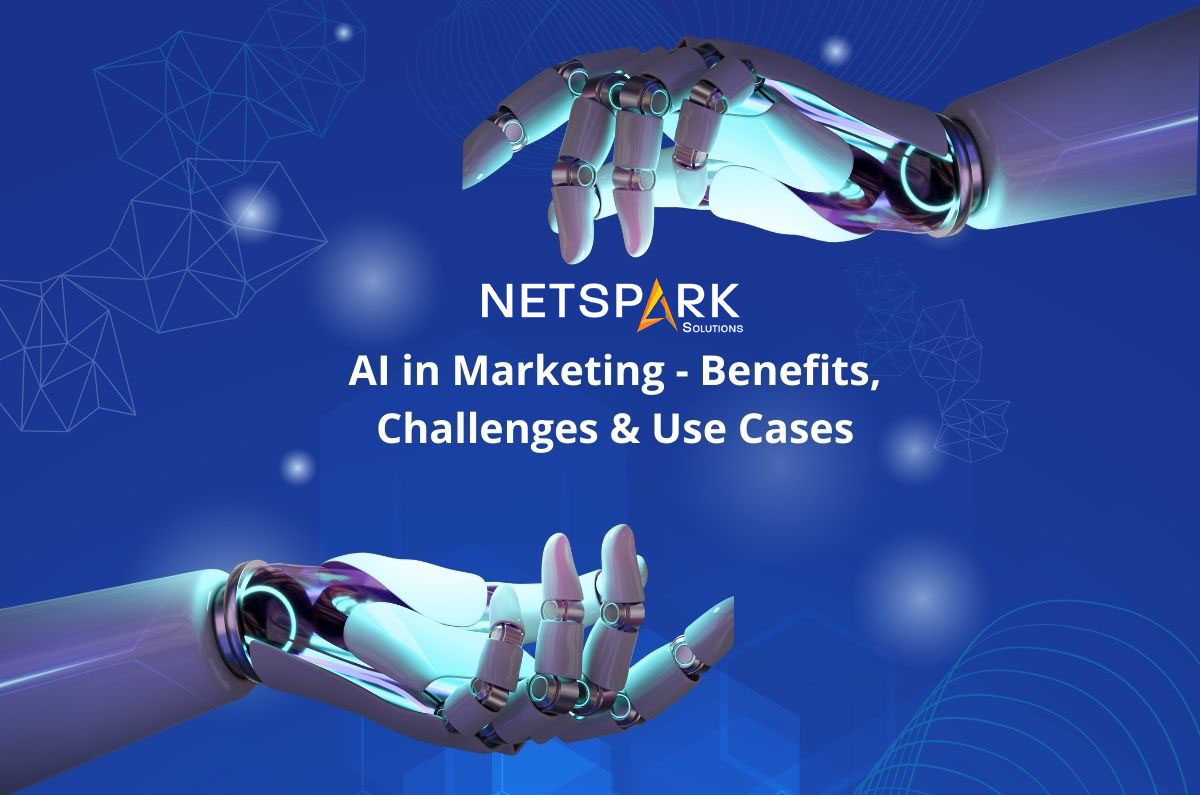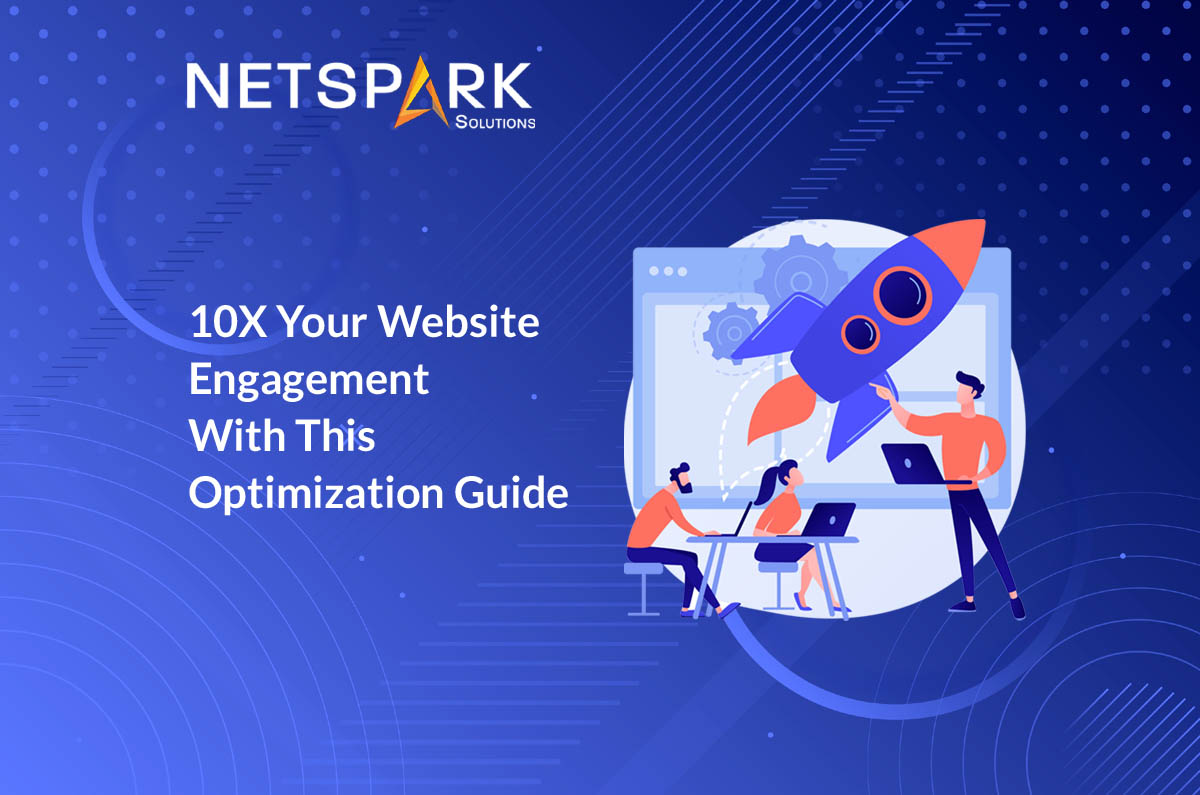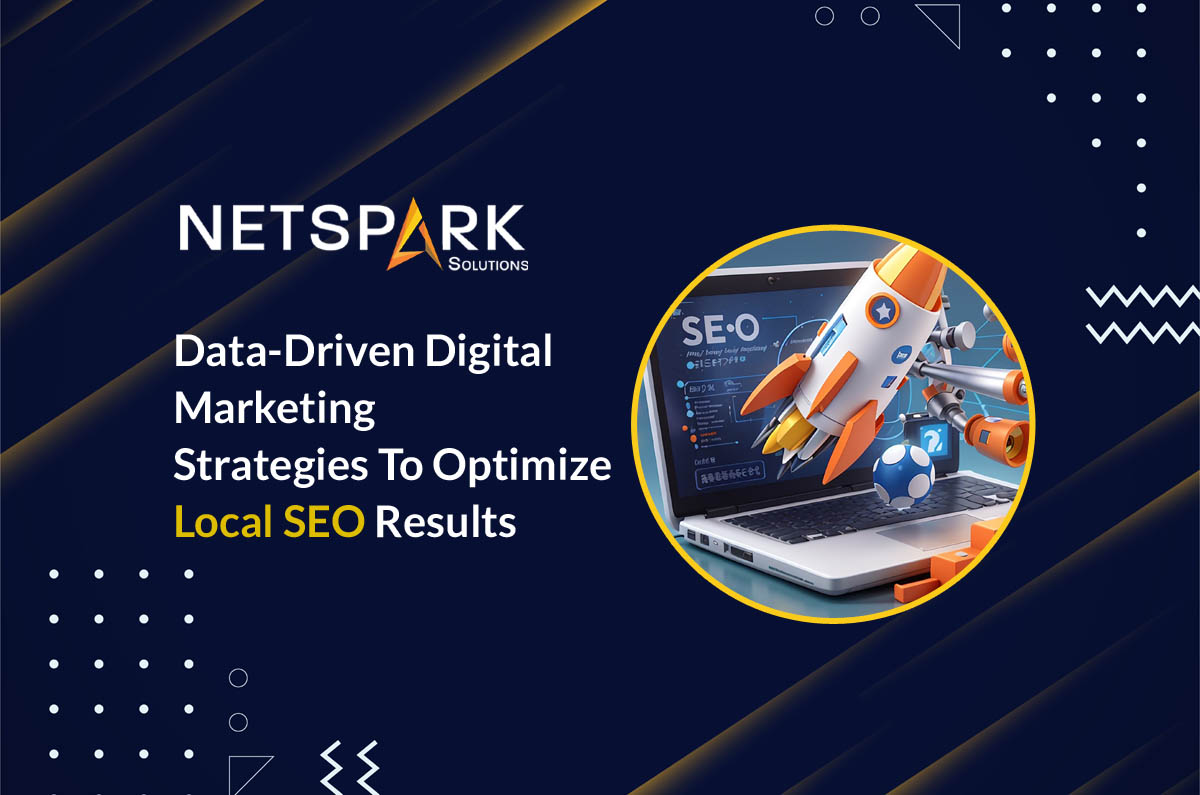As an ecommerce web development company, we always get asked this question:
How Much Would I Have to Pay to Launch My Ecommerce Website?
Of course, for any retailer – who’s planning to embark on ecommerce entrepreneurship – it’s crucial to know how much they would have to pay to launch an ecommerce store. But, asking about ecommerce development costs right away is the same as walking into a car dealership, and asking them for the price of owning a car. In simple words, it’s a vague question!
Just like a car can cost you anywhere between $15,000 to $2.5 million, the cost of launching an ecommerce website is also variable and depends on an array of factors. What type of ecommerce website do you want to launch? What’s your preferred ecommerce platform? Are you planning to outsource ecommerce website development or hire a team of in-house developers? What’s your marketing budget for post-deployment promotions?
These are all the questions you must ask yourself while devising a specific budget for your online shop. To make your job easier, we have compiled a detailed ecommerce web development cost breakdown along with different influential factors. Follow this guide and you’ll be able to devise a rough budget for your ecommerce shop more effectively.
So, without wasting another second, let’s dive in!
The Scope of Starting an Ecommerce Business in 2022
Now, before we dive deeper into breaking down the development cost of an ecommerce website, let’s first understand the scope of starting an ecommerce brand in 2022.
Even though ecommerce is one of the highly competitive industries, it still offers great opportunities for retailers to expand their customer base and get more sales. Why? Because shoppers’ reliance on ecommerce websites is growing exponentially. Today, nearly 66% of shoppers prefer online shopping over walking into a physical store. It means if you launch your own online store in 2022, you’ll get access to better sales opportunities and drive a higher revenue more conveniently.
Not to mention launching an ecommerce shop will put you ahead of the competition that’ll automatically result in the acquisition of long-term customers. So, regardless of the fierce competition in the ecommerce world, you can still launch a successful ecommerce business and drive better sales in today’s ecommerce dominated world.
Evaluating the Development Cost of an Ecommerce Website in 2022
So, circling back to our real question – how much money would you have to pay to launch your ecommerce store this year? The answer is pretty simple – it depends. The cost to launch an ecommerce website will depend on different factors such as the location of the developers you hire, the hourly development rates they charge, and the features you want to integrate into your website.
Of course, these are only the primary factors that decide the development cost of ecommerce websites. If we dig deeper, there are dozens of other factors you’ll have to keep in mind to evaluate the cost of your online store.
Let’s break down these factors one-by-one so that you can devise a development budget more conveniently.
1. Development Team
A common crossroad that every ecommerce entrepreneur has to encounter while looking for a team of developers is deciding between in-house developers, freelancers, and a dedicated third-party ecommerce development company. To be honest, each of these options comes with its own baggage of advantages and demerits.
For instance, while it’s much easier to manage an in-house development team, the expense would be on the higher side due to higher salary expectations. Not to mention, if you hire in-house developers, you’ll also have to pay for the office space, daily running costs, and other miscellaneous charges to run the entire operation.
Fortunately, that’s not the case with a team of freelancers. Freelance developers usually have relatively lower development rates than native developers in first-world countries like the US, Canada, and the UK. However, communicating with freelance developers is always a hassle and on-time project deliveries are never guaranteed.
This is when an offshore ecommerce website development company comes into play. Such organizations have dedicated teams of expert ecommerce developers who know how to implement the right development practices to build custom ecommerce stores for different retailers.
And, since they work offshore, their development rates are lower than native developers. That’s why the majority of ecommerce startups tend to go with ecommerce development agencies as their development rates are low and they still offer better reliability than a random team of freelancers.
So, here’s a quick cost breakdown based on the type of developers you hire.
| Developers | Hourly Rates | Average Development Cost |
| In-House Developers | $100-$120 | $30,000-$50,000 |
| Freelancers | $20-$30 | $2,000-$10,000 |
| Dedicated Ecommerce Development Firms | $50-$70 | $20,000-$30,000 |
So, if you are planning to hire a development team without burning a hole in your wallet while ensuring utmost product quality, it would be better to hire an offshore ecommerce development agency for the job.
2. Features of Ecommerce Website
The features that you want to integrate into your ecommerce website also decide the overall cost of your online store. The more features you want to integrate into your store, the more you’ll have to pay to launch your website. Keep in mind that the features of an ecommerce store vary from business to business. However, there are a few key functionalities that are common in almost every online store you see on the Internet.
These features include:
1. Payment Gateway Integration
Whether you’re a regular online shopper or use online shopping platforms once a while, you may already know that online payments have become a standard functionality of any online store. In fact, if an ecommerce website doesn’t support online payment mode, it’s most likely to struggle in driving higher sales.
To support online payments on your website, you’ll have to integrate third-party payment gateways that’ll allow users to process online transactions in a secure environment. As of now, there are dozens of service providers that you can sign up for to add online payment support on your website. All these service providers will provide you with a dedicated API that you can integrate into your website and start accepting online payments immediately.
You’ll just have to pay for their monthly/yearly subscription charges that vary for each service provider. Here is a list of some of the most common payment gateways that you can integrate into your online store.
- PayPal
- Stripe
- Amazon Pay
- Square
- 2Checkout
- WePay
- PayCafe
- PaymentCloud
2. Mobile-Friendly User Experience
Nearly 56% of the American population shop using smartphones. It means the majority of your target customers will most likely browse your website on their smartphones. So, there would be no other option to grow your sales than optimizing the website for mobile users.
While there are no additional charges for mobile optimization, it usually takes additional hours for developers to make a website mobile-friendly. From compressing images to implementing a responsive design approach, several elements go into enhancing the mobile experience for online shoppers. So, the increased development time will automatically reflect in your final development cost.
3. Chatbot Integration
Customer service is an essential element of running an ecommerce business. While shopping online, many customers have dozens of queries that need to be answered immediately. No doubt, you can hire a dedicated customer support staff to answer all these queries, it’ll only increase the operational cost of your brand. That’s why many ecommerce entrepreneurs prefer integrating dedicated chatbots into their websites.
For readers who don’t know, a chatbot is simply a human program that’s capable of simulating human conversations through AI. The AI simply utilizes pre-recorded message templates to respond to the most common user queries. This not only allows ecommerce businesses to provide excellent customer support but get it done at a comparatively lower price.
Studies have shown that 80% of ecommerce businesses are already using chatbots on their websites, whereas the remaining are planning to use them in the near future. If you want to make your ecommerce store user-friendly, chatbot integration will be an essential feature. Again, to integrate the chatbot, you’ll have to sign up for a third-party API and pay the subscription charges as per the chosen model.
Here is a list of the most common chatbot API providers for ecommerce websites:
- Chatfuel
- Bothmother
- MobileMonkey
- Octane
- Botsify
- Botsociety
4. Customer Reviews
Customer reviews are another common feature of an ecommerce website that enhances user-friendliness and drives higher revenues. Whether you want to launch a custom ecommerce store to sell your own products or an ecommerce marketplace like Amazon, adding customer review support will only result in better sales.
Usually, ecommerce platforms like Magento, Shopify, and BigCommerce allow retailers to integrate review support within a few minutes. But, if you have hired a team of professional ecommerce developers, they’ll create dedicated schema markups for your website that’ll allow users to leave reviews on a particular product.
3. Preferred Ecommerce Platform
As we mentioned earlier, the ecommerce platform you choose has a huge influence on the overall development cost. Each ecommerce platform in the market has a different costing model.
For instance, Magento is one of the open-source ecommerce platforms that doesn’t charge any subscription fee upfront – however, as you go on building your ecommerce website using Magento, several miscellaneous charges (such as subscription fees for APIs and add-ons) keep coming into the picture.
Similarly, Shopify follows a paid subscription model whose plans start from $29 per month and go up to $300 per month. So, based on your preferred ecommerce platform, you’ll have to pay different subscription charges accordingly.
4. Post-Deployment Support
Once your ecommerce website is up and running, the next step would be to monitor its performance and make essential changes based on user feedback. Keep in mind that the majority of ecommerce website development companies offer post-deployment support along with the development package.
During this period, the development team keeps an eye on the live version of your website and implements customizations to mitigate any unexpected errors that might interfere with the user experience.
5. SEO and Marketing
The final expense that you’ll have to bear after launching your ecommerce website would be the marketing budget. Since there are millions of ecommerce websites in the market, it would be crucial to invest in ecommerce marketing and SEO to optimize your website for the search engine so that it can drive organic sales.
Now, if you have partnered with an ecommerce development agency, it’s most likely that it’ll have an in-house team of marketing experts who’ll handle the entire search engine optimization (SEO) campaign for your website.
However, if you are executing DIY development or have hired an in-house team of ecommerce developers, you can look for a dedicated SEO team and let them optimize your website for better search engine visibility. Either way, you’ll have to pay separately for ecommerce marketing that’ll depend on the marketing campaign you want to proceed with.
The Bottom Line
For any ecommerce entrepreneur, devising a specific budget for their ecommerce website is always a challenge, mainly due to the multitude of factors that influence the development cost. If you are also planning to launch your ecommerce website, you’ll have to consider all these factors and plan the development budget accordingly. This will help you conclude an estimated cost without going through any hassle. In case you are looking for a specific quotation, get in touch with our ecommerce experts and share your business requirements. Our team will analyze these requirements carefully and devise a personalized budget to bring your retail business to the online world.



